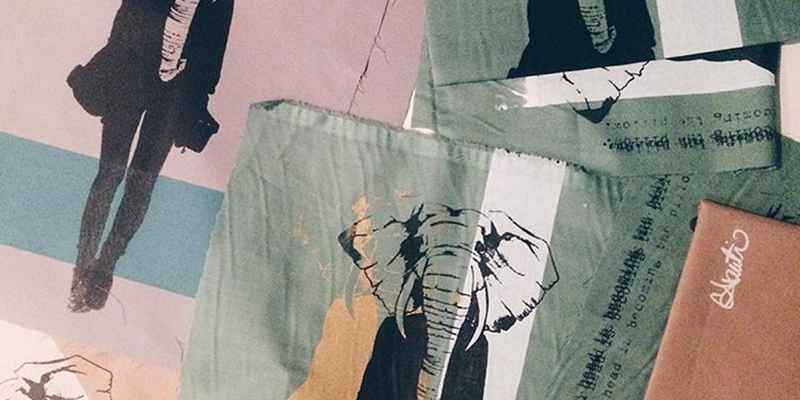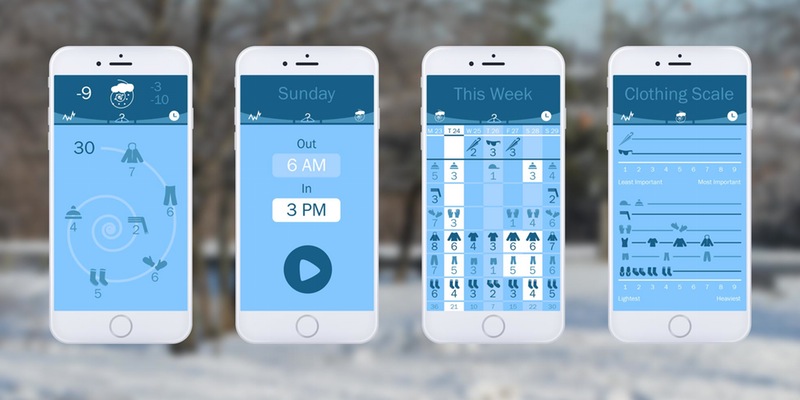
Building a bridge between nature and technology, Range is an application to assist the environmental duties of a park ranger and to help the national park system across Canada through a tablet-friendly platform.
CONTEXTUALIZING THE APPLICATION
Encountered with the challenge of developing a nonexistent system for a very specific demographic, I was confronted by unfamiliar territory, literally the kind found out in the woods. Better known in Canada as park wardens, typically park rangers are misunderstood as the “Yogi Bear” portrayed cartoon character. As a critical component to sustainable environment, park wardens actually study, monitor, and manage ecosystems, and are essential protectors of cultural resources, developers of programs for public safety, builders of neighbouring community partnerships, and decision makers that provide scientific research. The design process improved the experience of park rangers and visitors.
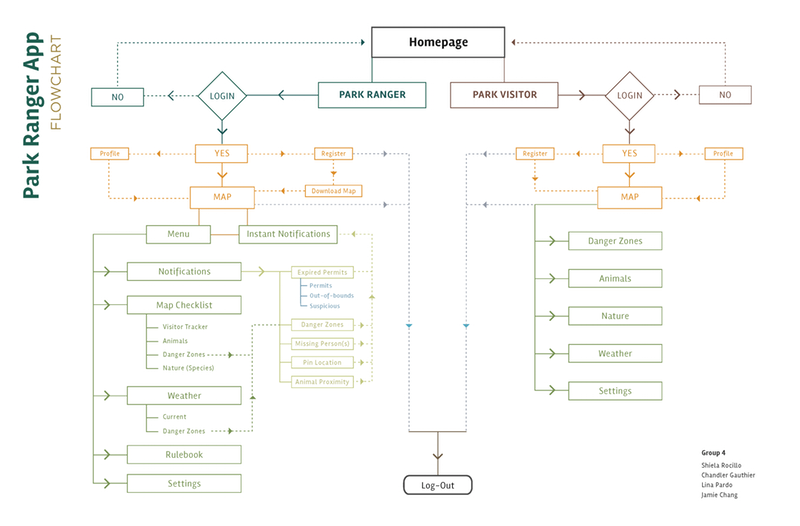
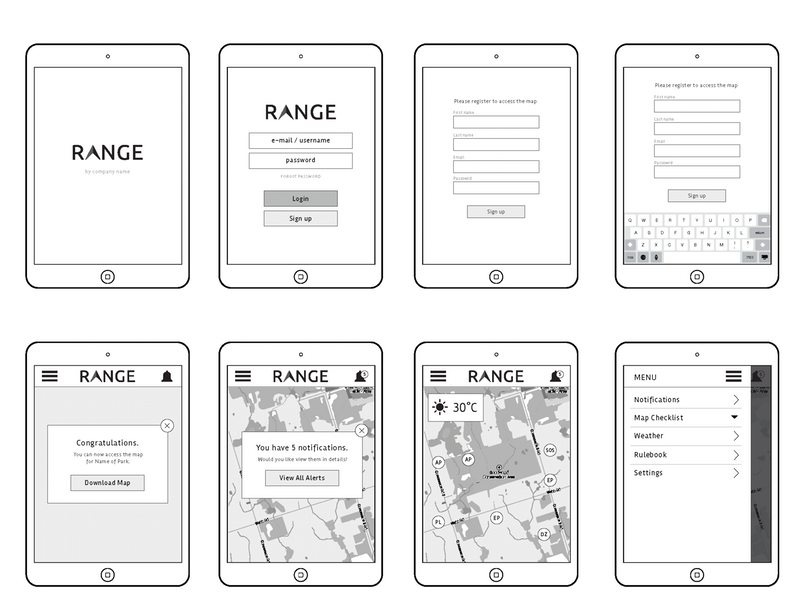
Recognizing that a park warden’s job is relatively isolated and dependent on the environment, a significant challenge encountered in this project was reaching a resolution for low Internet connections and establishing an offline mode. Other considerations included data input, fast response times, the iOS application interface, and tracking the secondary target audience of visitors to the park. Range took life as an intuitive, sleek design that would embrace the current familiarity of user to touch-screen devices in order to make the mapping interface easy to navigate.
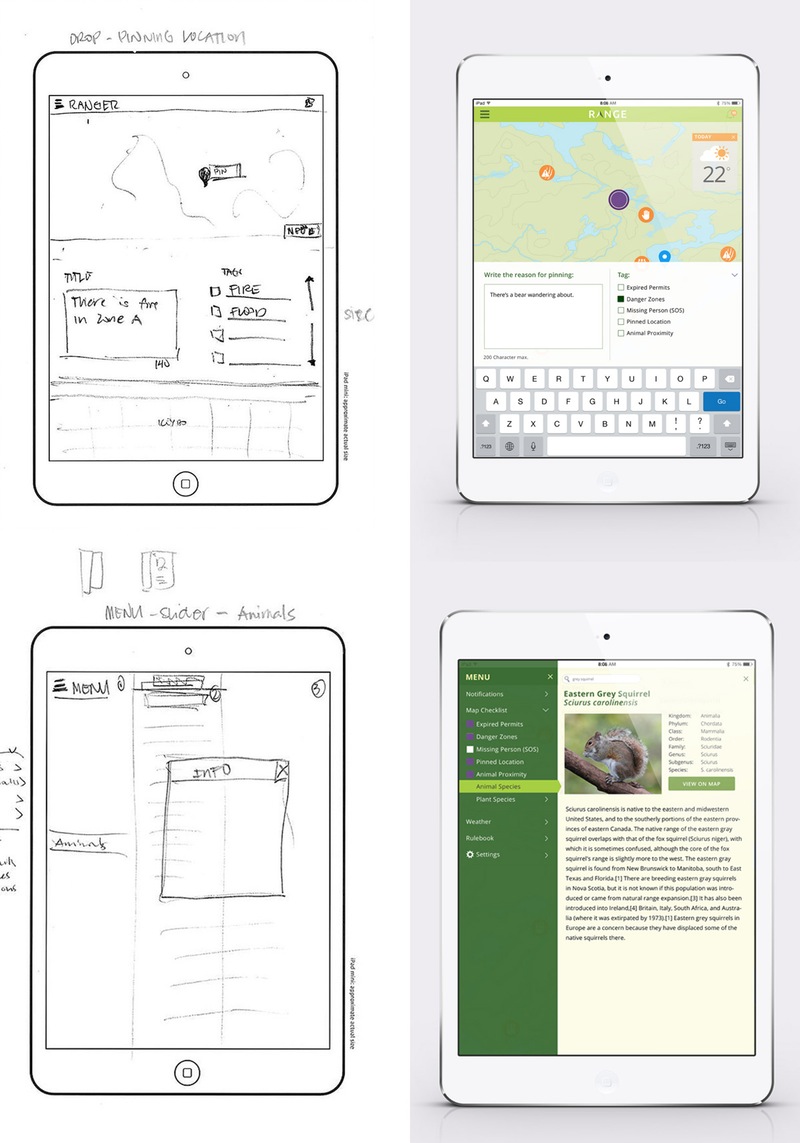
By designing an application to be a digital companion for the many demanding responsibilities experienced by park wardens, Range is a solution for park rangers and visitors through its easily navigated mapping interface and consistent accessibility to information. Features include tracking visitors and their permits, pinning locations and incidents, observing animal proximity, danger zones, and accessing large databases of species. These aspects were designed with the park warden in mind. My entire objective throughout this process was to empathize with the user and to relieve some of the restraints they encounter, by merging their world of parks and ecosystems with user experience design.
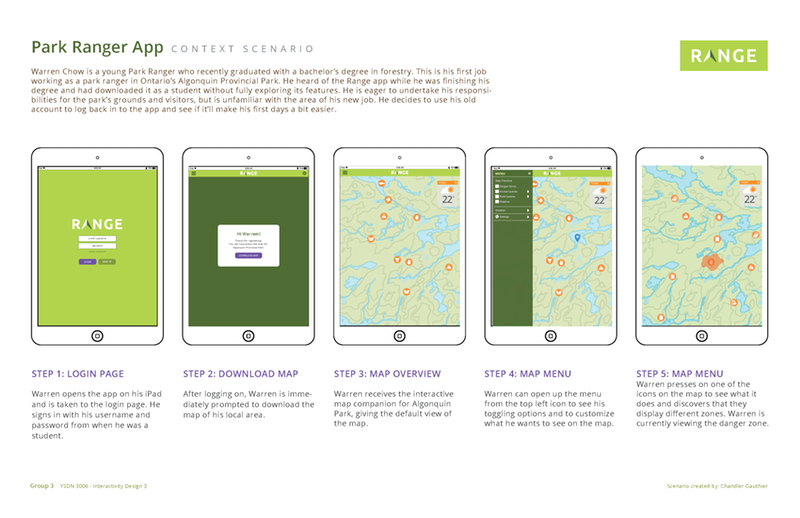
I really embraced the process of bringing Range’s identity to a friendly, but approachable system. One of my roles in the project emphasized the relationship the user would have with the application through Range’s logo design and essence.
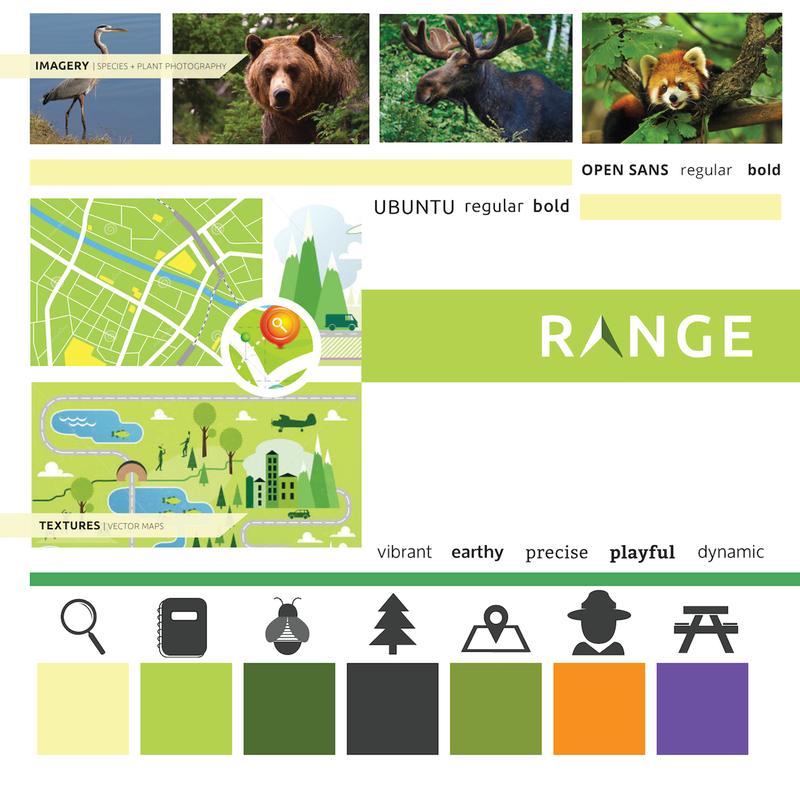
CONTRIBUTORS:
Lina Pardo
Sheelz Rocillo
Jamie Chang


